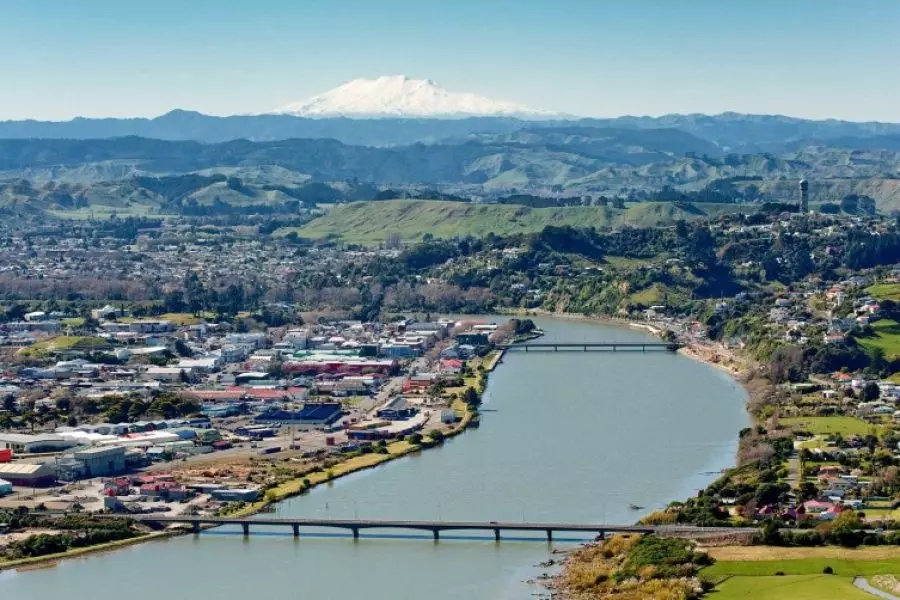News
A world of declining yields

Sunday 21st of July 2019
As the property landscape changes, yields are, once again, starting to move to centre stage for investors.
Yet Kiwibank’s latest property market report reveals that the once stellar yields available in many regional markets are now on the decline.
The bank’s chief economist Jarrod Kerr says the decline in regional yields follows the sharp fall in yields which occurre...
Want to read the full article?
Click the button below to subscribe and will have unlimited access to full article and all other articles on the site.






![[The Wrap] Bye Bye Bayly](https://goodreturns.publit.io/file/c_fill,w_900,h_600/39f23ac1-f7c7-4854-b700-a150004ebbac.webp)


